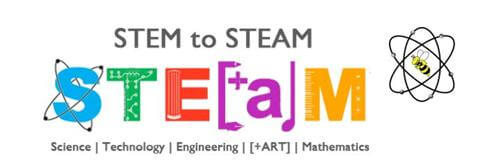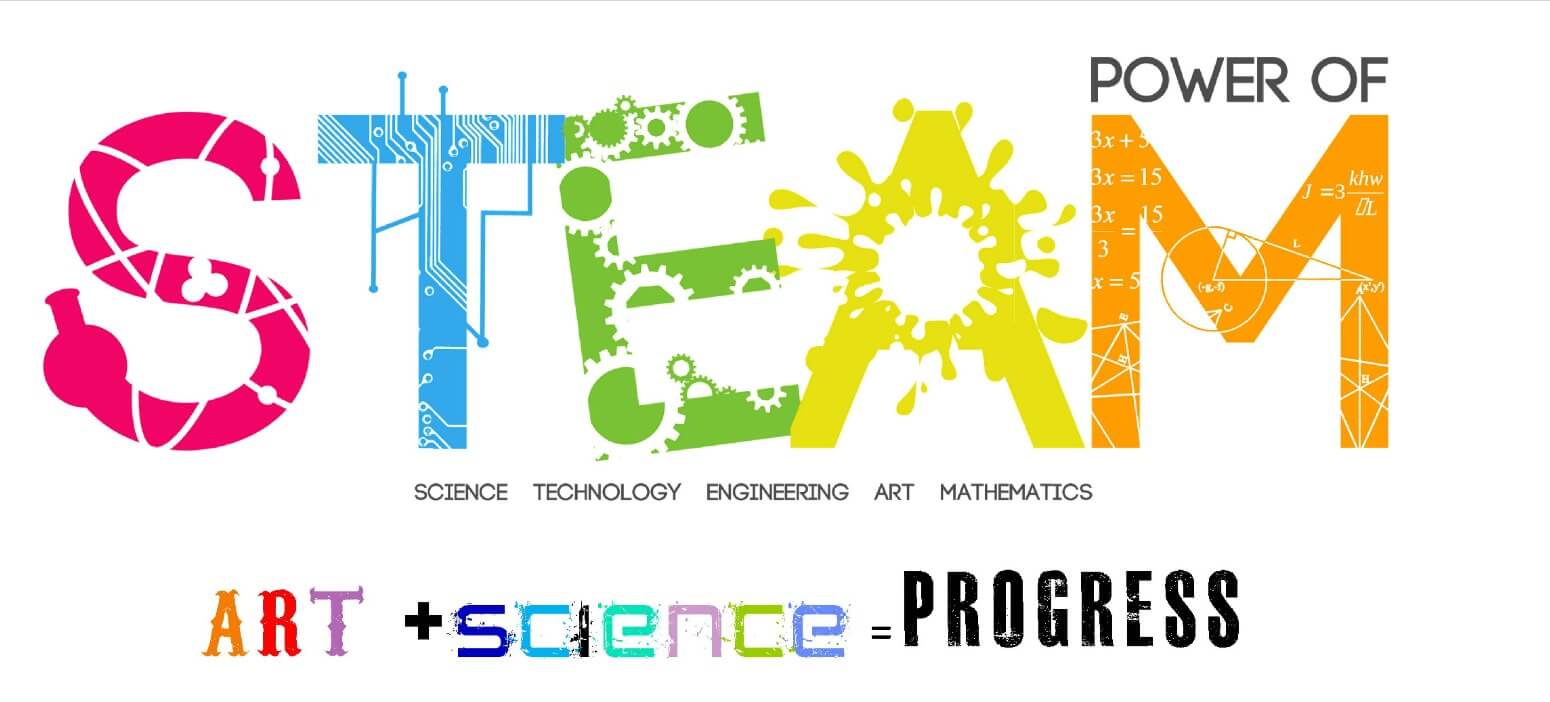STEM stands for science, technology, engineering, and math, but we have seen more and more of another similar abbreviation, STEAM. The additional “A” stands for arts and supposedly works in concert with the other fields. Though some critics have expressed concern that concentration in the arts would take away time from STEM subjects, the STEAM movement has worked towards better sparking students’ imagination and consequently have helped them concentrate more on innovation through hands-on STEM projects.
STEM vs. STEAM
The main difference between STEM and STEAM is that STEM symbolizes a modern approach to science and related subjects focusing on solving problems with critical thinking and analytical skills. STEAM education explores the same subjects, but incorporates creative thinking and applied arts into teaching and real situations.
Art is about discovering and creating ingenious ways of problem-solving, integrating principles and presenting information. By adding the elements of art to STEM based thinking, educators believe that students can use both sides of their brain—analytical and creative— to develop the best thinkers of tomorrow.

The “A” is an Integral part of STEM
STEM might be necessary for technological progress, but without the arts. It is impossible for students to reach their full potential. Because art subjects give students the freedom to harness the capabilities of STEM subjects.
The “A” in STEAM is a term that represents liberal arts, language arts, social studies, physical arts, fine arts, and music. STEAM education is about applying creative thinking to STEM projects, igniting students’ imagination and creativity through the arts. It also exploring where art naturally fits into the STEM subjects. Studying art subjects contributes to the development of essential skills like collaboration, communication, problem-solving, and critical thinking. It also enhances a student’s flexibility, adaptability, productivity, responsibility, and innovation. All of these skills are required for a successful career in any field of study.

Science and art go hand-in-hand
Scientists and artists don’t seem to have much in common but if you dig a little deeper you will realize that art and science are not so separate. It is easy to see that science has changed our creative fields by advanced technology but often, artists’ new insights and perspectives that impact scientific progress are eclipse. Nowadays with technology getting faster, smaller, and more complex. The sciences have started to rely on the arts more than ever for solutions and creative ideas.
As a result of the adoption of STEAM in classrooms, new teaching methods have emerged. Teachers can add arts into STEM by applying graphics to projects. They can also using the performing arts to communicate a STEM project. Students can utilize their artistic talents to generate innovative thinking.
As a pioneer in STEAM education industry, Makeblock has already been widely recognized for its advanced concepts and innovative products. It help students get exposure to hands-on learning, challenge them to think critically and creatively, and let them apply essential content knowledge in meaningful ways. We noticed that there is a small challenge to introduce the STEAM and coding to the girls. This is why we designed our robots cute and easy to use, so this is not a issue anymore!